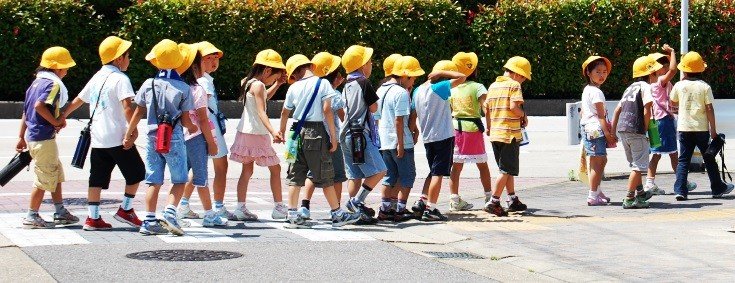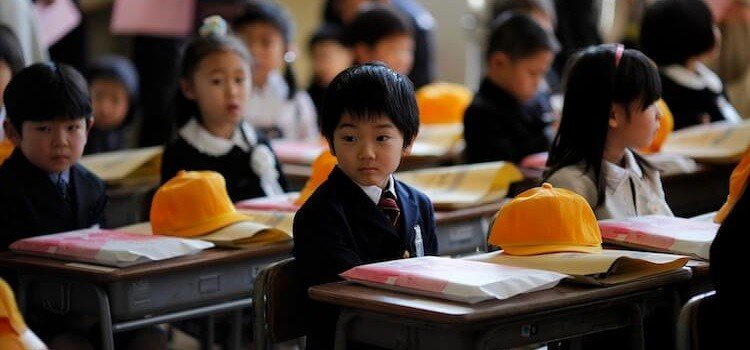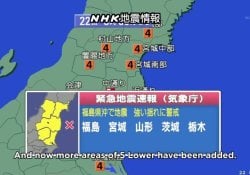Japanese children develop the act of walking differently compared to children in other countries, the evidence was found in a study published in the journal Scientific Reports. Researchers used a 3D analysis system for the sample.
The observation was that the way of walking japanese children during second childhood it varies according to age, however between 6 and 12 years of age the gait pattern does not change. What happens is that after this age group the development compared to other cultures is different. The study details that four differences were found in relation to their gait.

Índice de Conteúdo
4 reasons
The first reason would be the increase in cadence, that is, the number of steps performed per minute. The comparison was between children aged 11 to 12 years and between 6 to 8 years. The second reason was the reduction in the step size between the children aged 11 to 12 years and between 9 to 10 years. The third difference is related to the lower range of motion of the knee during walking in pre-adolescents aged 11 to 12 years.
And the fourth is that as children get older, they start to have a greater moment of plantar flexion – also known as extension, it's the movement of pointing the fingers down like a ballerina's. They use this movement at the beginning of the walking movement.
According to scientists, the factors that contribute to this disparity in gait are mainly culture and lifestyle. But, they also claim that the way Japanese children walk does not affect their health. The results collected are essential for the effectiveness of orthopedic treatments.

help for medicine
The group of scientists - which include experts from Nagoya University It's from Medical and Rehabilitation Center by Aichi Mikawa Aoitori – evaluated 424 children aged 6 to 12 years from two primary schools for the survey. Research has concluded that understanding the forces involved in gait may help to treat patients with movement disorders.
The report shows that “the hip and knee flexion angles and spatio-temporal criteria” of Japanese children are indeed different, but it does not interfere with their health. The results "provide an important tool to assess normal and pathological gait", that is, it is able to determine the effectiveness of an orthopedic, rehabilitation treatment for other movement disorders and identify abnormalities. What did you think of this survey?






